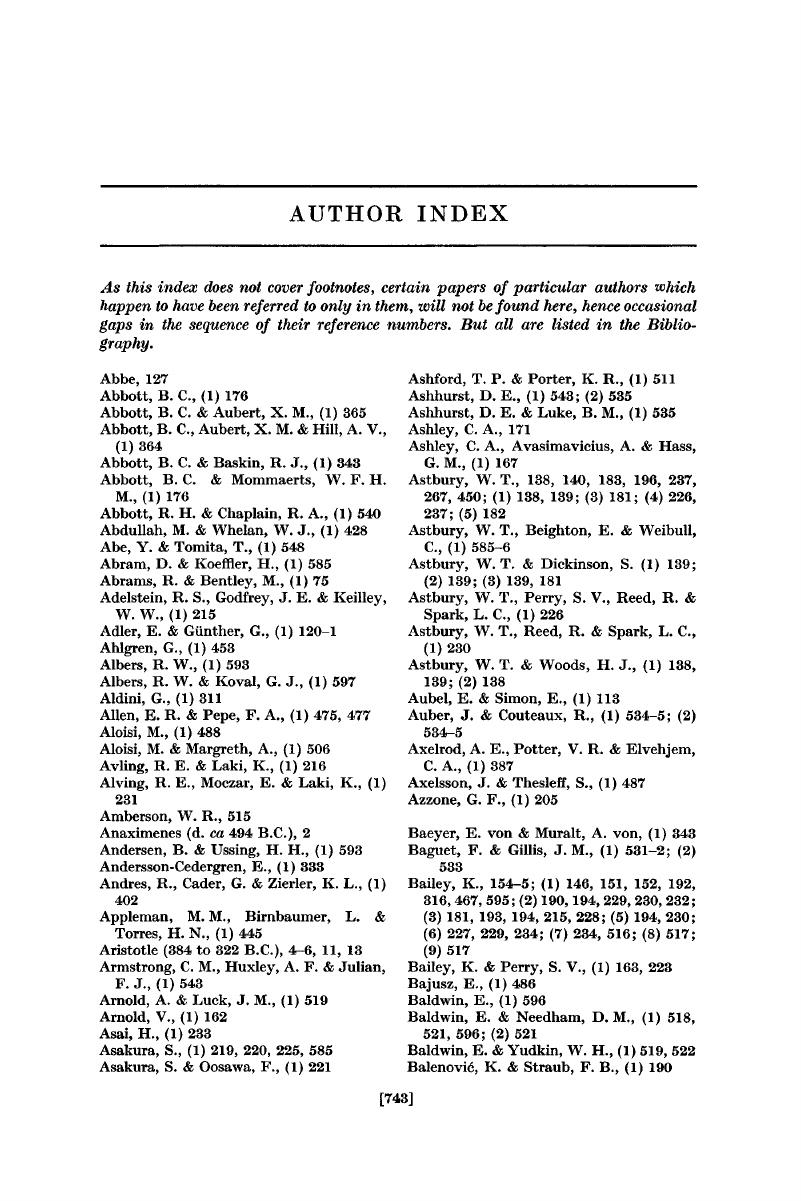Book contents
- Frontmatter
- Contents
- Preface
- Acknowledgments
- List of abbreviations
- 1 Bringing muscles into focus; the first two millennia
- 2 Muscle metabolism after the Chemical Revolution; lactic acid takes the stage
- 3 The relationship between mechanical events, heat production and metabolism; studies between 1840 and 1930
- 4 The influence of brewing science on the study of muscle glycolysis; adenylic acid and the ammonia controversy
- 5 The discovery of phosphagen and adenosinetriphosphate; contraction without lactic acid
- 6 Adenosinetriphosphate as fuel and as phosphate-carrier
- 7 Early studies of muscle structure and theories of contraction, 1870–1939
- 8 Interaction of actomyosin and ATP
- 9 Some theories of contraction mechanism, 1939 to 1956
- 10 On myosin, actin and tropomyosin
- 11 The sliding mechanism
- 12 How does the sliding mechanism work?
- 13 Excitation, excitation-contraction coupling and relaxation
- 14 Happenings in intact muscle: the challenge of adenosinetriphosphate breakdown
- 15 Rigor and the chemical changes responsible for its onset
- 16 Respiration
- 17 Oxidative phosphorylation
- 18 The regulation of carbohydrate metabolism for energy supply to the muscle machine
- 19 A comparative study of the striated muscle of vertebrates
- 20 Enzymic and other effects of denervation, cross-innervation and repeated stimulation
- 21 Some aspects of muscle disease
- 22 Contraction in muscles of invertebrates
- 23 Vertebrate smooth muscle
- 24 Energy provision and contractile proteins in non-muscular functions
- The perspective surveyed
- References
- Author index
- Subject index
- Frontmatter
- Contents
- Preface
- Acknowledgments
- List of abbreviations
- 1 Bringing muscles into focus; the first two millennia
- 2 Muscle metabolism after the Chemical Revolution; lactic acid takes the stage
- 3 The relationship between mechanical events, heat production and metabolism; studies between 1840 and 1930
- 4 The influence of brewing science on the study of muscle glycolysis; adenylic acid and the ammonia controversy
- 5 The discovery of phosphagen and adenosinetriphosphate; contraction without lactic acid
- 6 Adenosinetriphosphate as fuel and as phosphate-carrier
- 7 Early studies of muscle structure and theories of contraction, 1870–1939
- 8 Interaction of actomyosin and ATP
- 9 Some theories of contraction mechanism, 1939 to 1956
- 10 On myosin, actin and tropomyosin
- 11 The sliding mechanism
- 12 How does the sliding mechanism work?
- 13 Excitation, excitation-contraction coupling and relaxation
- 14 Happenings in intact muscle: the challenge of adenosinetriphosphate breakdown
- 15 Rigor and the chemical changes responsible for its onset
- 16 Respiration
- 17 Oxidative phosphorylation
- 18 The regulation of carbohydrate metabolism for energy supply to the muscle machine
- 19 A comparative study of the striated muscle of vertebrates
- 20 Enzymic and other effects of denervation, cross-innervation and repeated stimulation
- 21 Some aspects of muscle disease
- 22 Contraction in muscles of invertebrates
- 23 Vertebrate smooth muscle
- 24 Energy provision and contractile proteins in non-muscular functions
- The perspective surveyed
- References
- Author index
- Subject index
Summary

- Type
- Chapter
- Information
- Machina CarnisThe Biochemistry of Muscular Contraction in its Historical Development, pp. 743 - 762Publisher: Cambridge University PressPrint publication year: 1971

